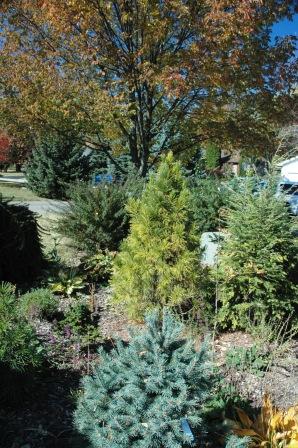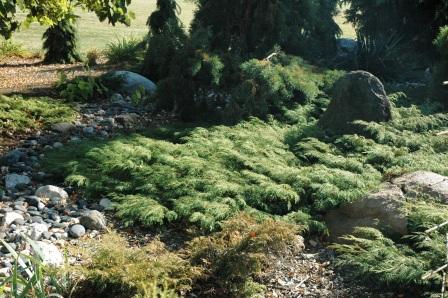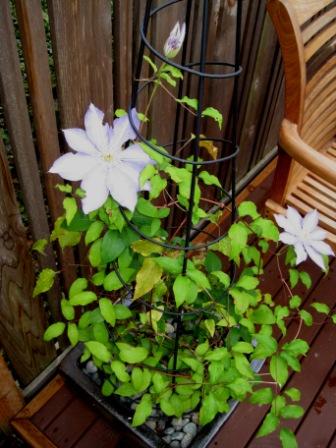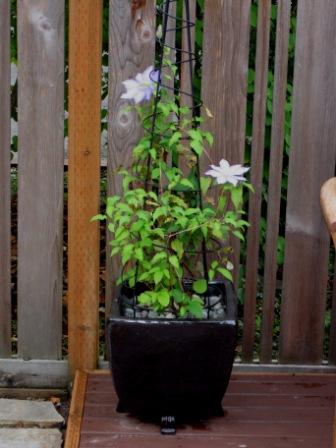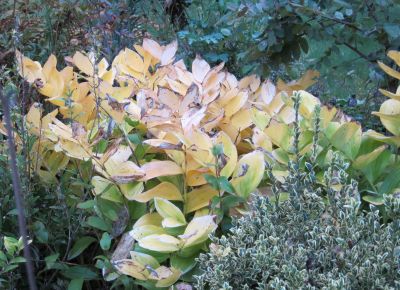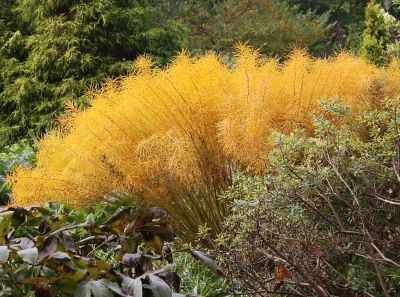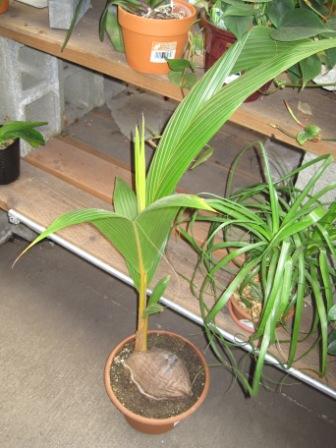
During my nursery visits this summer I came across Taxodium distichum ‘Peve Minaret’, a dwarf cultivar of bald cypress. I hate it:

Why? Because it’s a crummy specimen. If it’s not quite clear, here is a close up of the double leader:
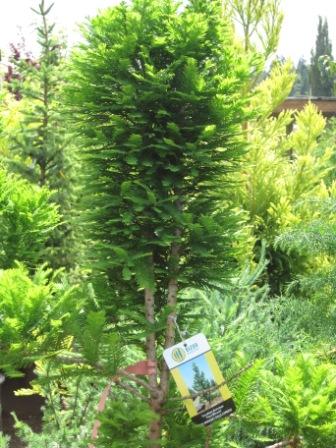
I’ve ranted a couple of times about the production nursery practice of topping young trees to create fuller crowns (you can see those posts here and here). I’m constantly taken to task for this, with comments along these lines:
1) There’s nothing wrong with it. Customers like the look.
2) After topping the production nursery selects a new leader.
3) If the production nursery doesn’t select a new leader, then the retail nursery should.
4) If the retail nursery doesn’t, then it’s the customer’s job to do it.
5) If the customer doesn’t, then an arborist should catch it.
Somehow it’s always someone else’s responsibility to do the corrective pruning needed to prevent future problems. Yet I have not seen a cogent argument about why this practice is necessary (and “customers like the look” doesn’t count). In fact, a recent email told me I’m approaching this all wrong:
“I think it would be better for you to attack this problem by teaching the maintenance industry on how to remove a few poor branch angles, and make a profit on this, then to tell the consumer that they don’t know what looks good to them.”
Aha. So we get unsuspecting customer to buy a problem tree, then charge them again to fix it!
It’s not like I have to look very hard to find these trees in nurseries. Believe me, they’re everywhere, at least in this part of the country.
So…proponents of this practice. Convince me (1) that there is a valid, evidence-based reason for this practice, and (2) it’s okay for trees like this bald cypress to end up in retail nurseries.











